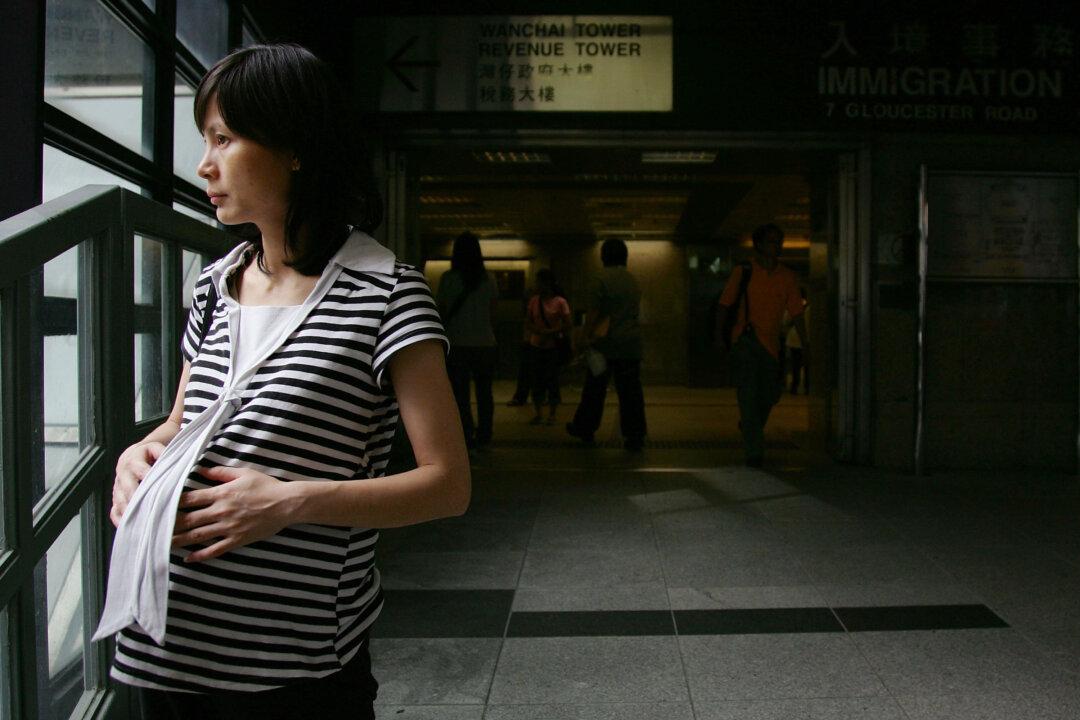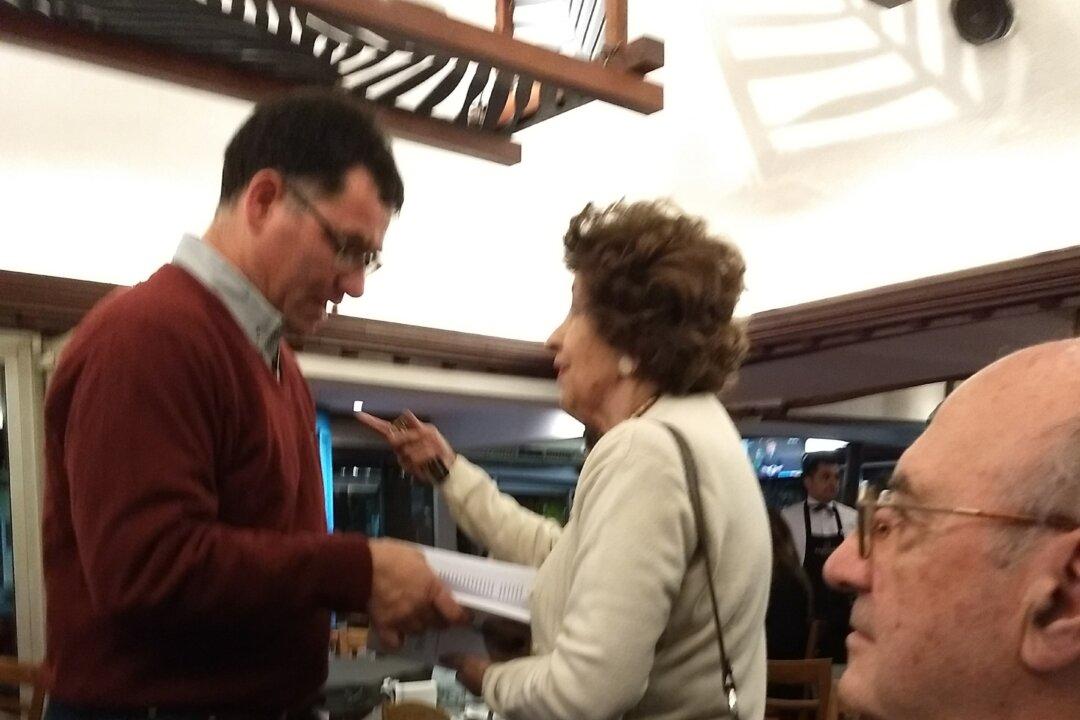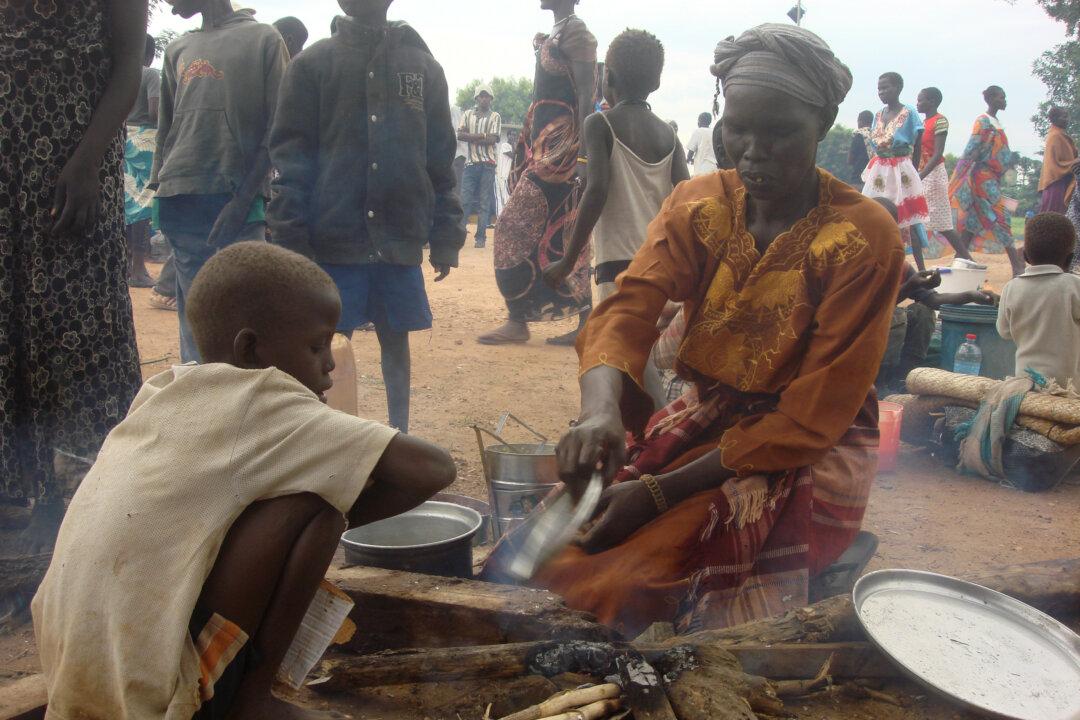In China, an increasingly high number of Cesarean births (C-sections) are being practiced in the country. The situation has reached epidemic proportions, and some of its serious consequences should make Chinese women think carefully before requesting this procedure. Today, China has one of the highest rates of C-sections in the world, estimated at 46 percent in 2007.
There are several cases of the use of this technique in ancient history. Luzhong, a sixth-generation descendant of the Yellow Emperor, had six sons, all born by “cutting open the body.” Jilian, the sixth son, founded the House of Mi that ruled the State of Chu.
The view that a woman has the right to make decisions regarding her body and her health has led many of them to make a choice regarding the method chosen to give birth. And increasingly throughout the world, women have been demanding to have their children born through a Cesarean section.




